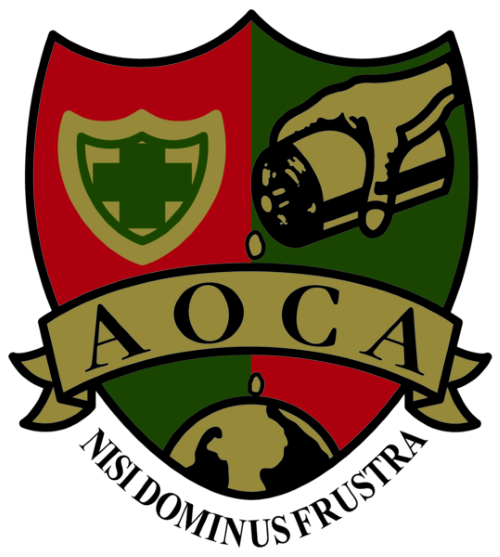|
AOCA: Promoting Osteopathic Excellence in Anesthesiology
The stated objectives of the ASOA were as follows: 1. To advance the standards of practice and quality of service in the field of anesthesiology. 2. To aid in improving the educational opportunities for training in anesthesiology. 3. To promote the osteopathic concept of disease as related to anesthesiology. 4. To establish standards for membership. 5. To maintain and promote the highest moral and ethical standards in the practice of anesthesiology. 6. To aid in the formation and oversee the function of component regional osteopathic societies of anesthesiology (asamonitor.pub/2NlGZqW). In 1950, the ASOA set a $25 application fee for charter members and annual dues of $25. During the Washington, DC meeting, J. Craig Walsh, DO, made a motion to form the American Osteopathic College of Anesthesiologists (AOCA). After approval by the American Osteopathic Association, the AOCA was incorporated in 1952. At its first meeting in Los Angeles, the AOCA adopted the ASOA objectives and added the following: “…Recognize outstanding accomplishment in the field of anesthesiology or outstanding service to this organization on the part of any member by conferring the degree ‘Fellow’ in the American College of Osteopathic Anesthesiologists. Dedicated to the presentation of continuing medical education programs for the purpose of update and review of all areas in the specialty of Anesthesiology.” The AOCA Today The vision of the AOCA is to promote the osteopathic concept of disease, advance the standards of practice, and provide the opportunity for study and training in the art and science of anesthesiology. Additionally, it is the mission of the AOCA to act as an advocate on behalf of osteopathic physicians who practice anesthesiology. In the 70-plus years since its founding as the ASOA, the AOCA has served as a home for DO anesthesiologists. Until the implementation of single GME in 2020, the AOCA established standards for American Osteopathic Association (AOA) residency training. It trained residency program inspectors to ensure both compliance and excellence in graduate medical education. The AOCA and the American Osteopathic Foundation (AOF) recognize osteopathic residents with clinical promise, leadership, and commitment to patient-centered care. The recipient of the “Outstanding Resident of the Year Award” is given $5,000 and receives recognition by the AOA at its annual meeting. Over the years, the AOCA has sponsored dynamic and interactive CME programs at both annual and mid-year meetings. The 68th Annual Convention and Conclave will be held as a first-ever virtual event on September 19-23, 2020. A Scientific Poster Session with awards is held annually, highlighting either complex cases or scientific investigations. Osteopathic Philosophy & Distinctiveness Before training as an anesthesiologist, the osteopathic medical student learns the philosophy of osteopathic medicine: 1. The body is a unit; the person is a unit of body, mind, and spirit. 2. The body is capable of self-regulation, self-healing, and health maintenance. 3. Structure and function are reciprocally interrelated. 4. Rational treatment is based upon an understanding of the basic principles of body unity, self-regulation, and the interrelationship of structure and function (asamonitor.pub/37Tzgd8). DO anesthesiologists are encouraged to use these tenets as a foundation for their practice in the specialty or the subspecialty of their choice. This is critical to maintain their distinctiveness in the ecosystem of care. Historically, osteopathic medical graduates have shown a keen interest in anesthesiology and its subspecialties. DO anesthesiologists should encourage this interest and work to strengthen and grow the specialty. Osteopathic anesthesiologists should continue to increase public understanding and appreciation for who they are and what they do (The DOs: Osteopathic Medicine in America. 2019). |
